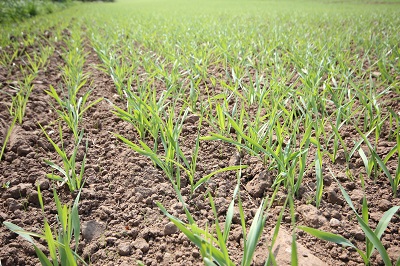Disease in Spring barley, April 2019
4 April 2019Drilling made a leap forward in the good weather over the weekend although heavy rain after this stopped play for a bit again. Fungicide inputs should be tailored to the variety. Fairing, Laureate, KWS Sassy and Sienna all have ratings of 6 for Rhynchosporium which takes some of the risk out of early drilled crops and wetter areas. The greater risk is with Concerto, rated a 4, which needs additional management and a greater reliance on fungicides. The yield response to fungicides tends to be more evenly split between the T1 and the T2 spray in the spring crop whereas it is heavily weighted to the T1 in winter barley. It is risky to do nothing, particularly if you are growing for a quality malting market but inputs should be tailored to the emerging seasonal risk, the variety and the drilling date, so put some plans in place now but adjust nearer the time. The use of chlorothalonil at T1 is optional. It is essential at T2 to manage ramularia, but its use at T1 rarely has any effect on later levels so include it where other foliar disease risks warrant it but don’t rely on it or include it if you only have ramularia risk in mind.
Sign up to the FAS newsletter
Receive updates on news, events and publications from Scotland’s Farm Advisory Service

